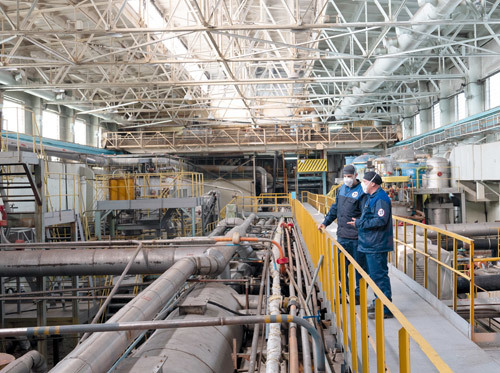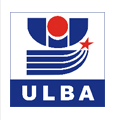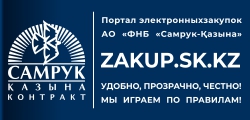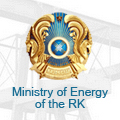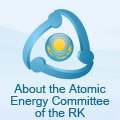From Research to Testing
The name of this laboratory of the scientific center of UMP JSC speaks for itself. Innovative research and development is a specialization, «hobby» of its employees.
The tasks of the Laboratory of Innovative Research and Development (LIIiR) include optimization of the production of rare and rare earth metals, conducting research, development of experimental and industrial technological sites for testing new materials and processes.
Konstantin Shestakov, Head of the Laboratory of Innovative Research and Development:
– To date, scientific developments in the beryllium direction are continuing. Laboratory studies on the sorption of beryllium from sulfate pulps are underway. Sorption has been a well-known process for a long time, they were engaged in it back in Soviet times, but it did not come to implementation on an industrial scale. The technology is interesting because it is simple and eliminates several alterations. So, it lacks the most time-consuming process – clarification of the pulp to obtain solutions, which then go to chemical processing. In addition, sorption technology has the potential to produce cleaner beryllium, we can already see this from the results obtained. In case of confirmation of the sorption scheme's operability and the presence of positive effects (improvement of beryllium hydroxide quality, reduction of liquid waste and costs due to reduction of processing), it is planned to purchase a pilot plant and organize pilot tests.
Another priority area of LIIiR is the work on the vapor-plasma conversion of magnesium fluoride (mgf₂) with the production of commercial magnesium oxide and the return of hydrofluoric acid to the technology. Konstantin Shestakov: – MGF₂ is a technological related product. This is pure material that is currently being stored and, as they say, lies idle. Our task is to use vapor-plasma conversion from magnesium fluoride to obtain hydrogen fluoride – hydrofluoric acid, which can be returned to production. The magnesium oxide obtained during plasma processes has unique properties. Due to the fact that it is a heat-resistant material, it can be used as crucibles. Or sell it as a commercial product, which is very much in demand on the world market today. In general, steam-plasma technology is quite unique, since there are only a few companies using it in the world. Today we have completed laboratory studies, the next stage is a technical and economic assessment (cost of conversion, price index of marketable products, attractiveness of investments, etc.).
LIIiR also deals with environmental issues. For example, the issue of processing liquid industrial waste is currently being resolved.
Manarbek Kylyshkanov, Head of UMP JSC Scientific Center:
– In our production, water is a conveyor, that is, all solutions are diluted with it and sent to the tailings farm site in the form of pulp. Liquid waste does not have time to evaporate, their number in the maps is growing. The main volume of technical waste is ordinary water (70-80%). Our task is to return it to the industrial site, having cleaned it from salt solutions. To do this, it is important for us to develop a technology that will allow us to create a balance of incoming and evaporating water. Simply put: how much was poured, so much was evaporated. The task is big and serious, requiring serious investments.
An important direction in the work of LIIiR is the search for a long-term source of local beryllium raw materials. It's too early to comment on the results, but the lab is working on it. And, of course, actively conducts research on ore enrichment.
Raziya Sertayeva
